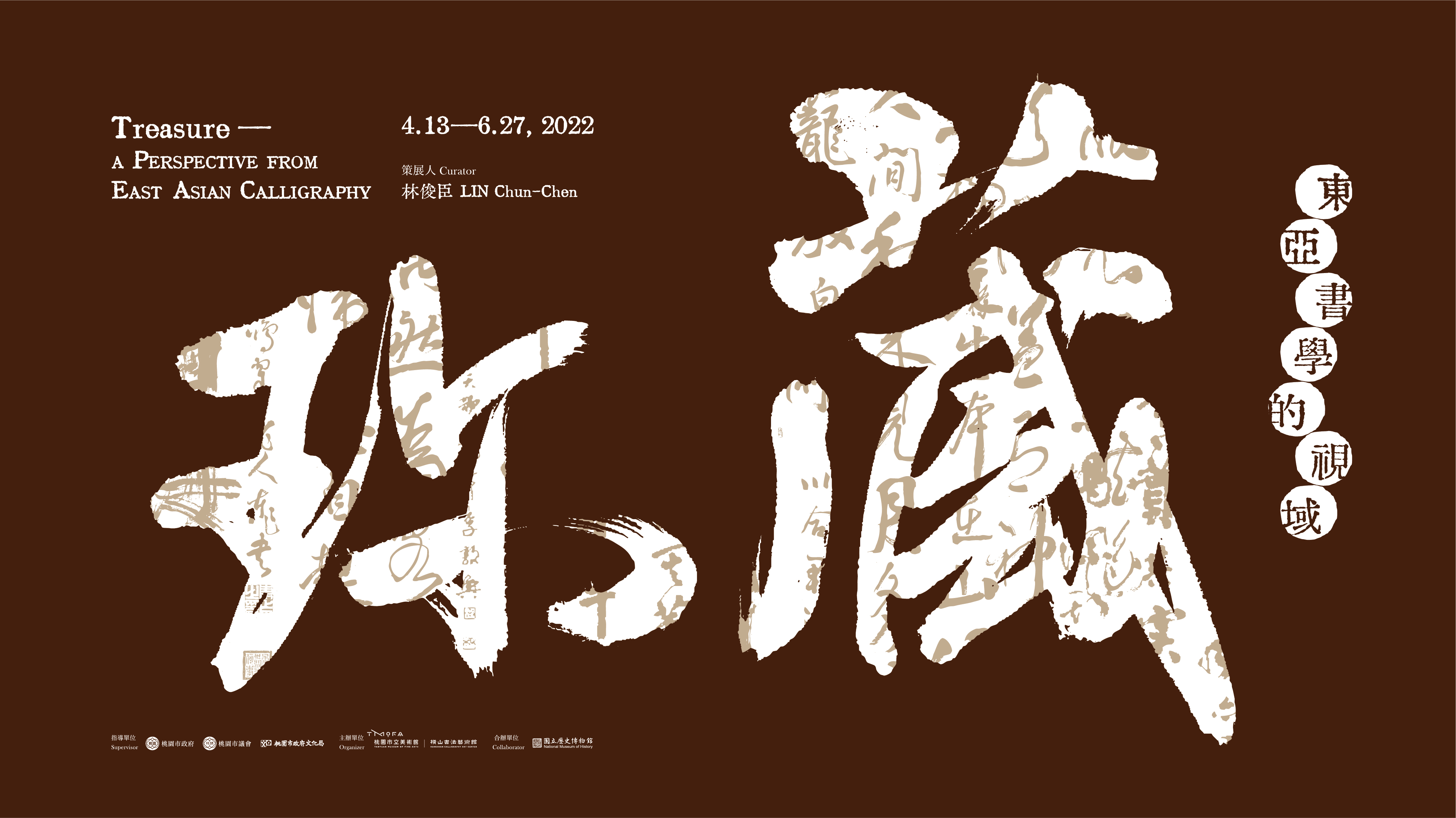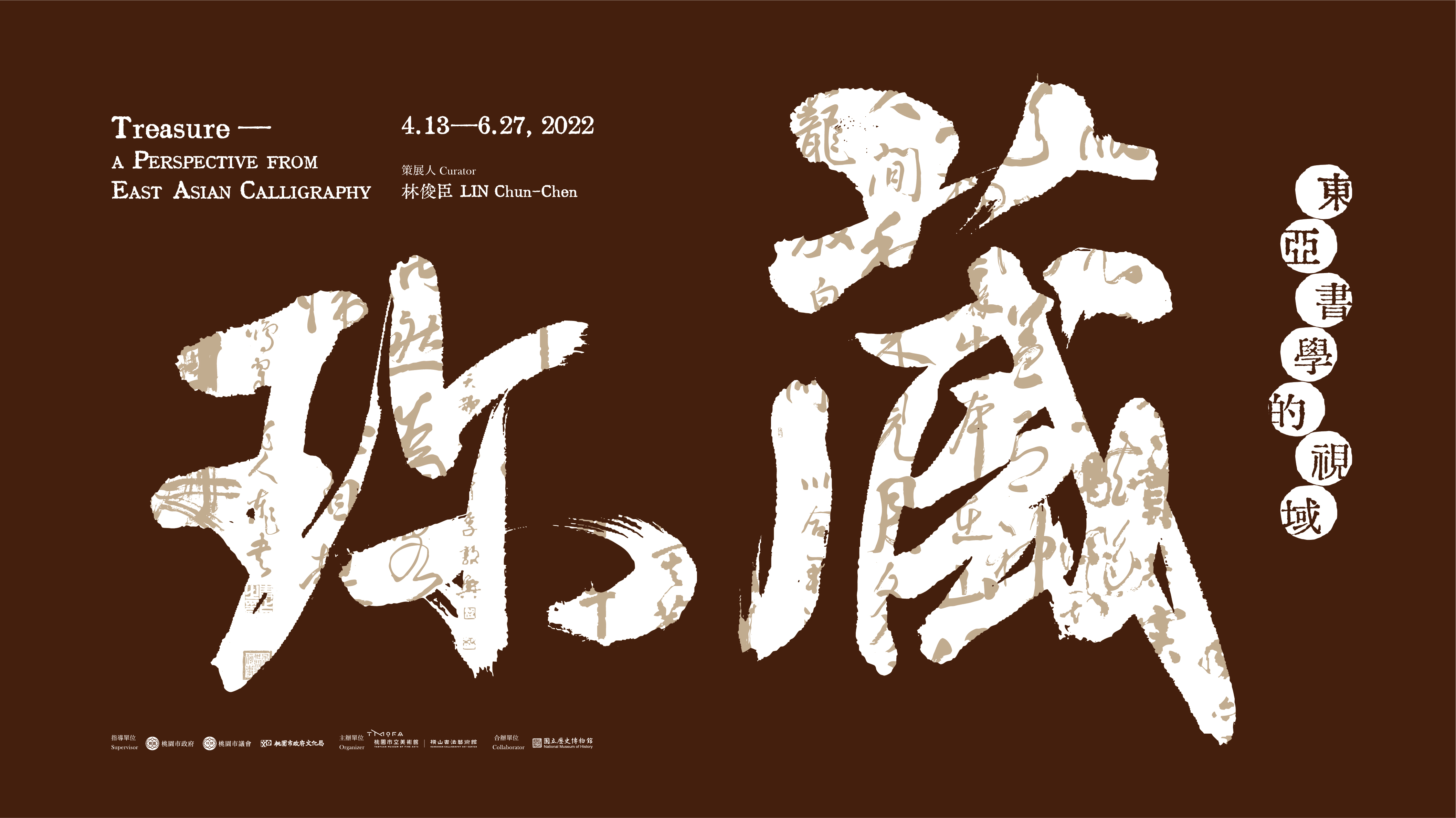Treasure: A Perspective From East Asian Calligraphy
- Dates
- 2022/04/13 - 2022/06/27
- Venue
- Hengshan Calligraphy Art Center
Treasure: A Perspective From East Asian Calligraphy
Curator LIN Chun-Chen
As one of the earliest places in East Asia to enter the Age of Discovery, Taiwan experienced Western colonialism and the East Asian cultural ideas from different groups of immigrants. Later, modern influences such as Japanese rule, the Republic of China’s retreat, and aid from the United States made Taiwan a stage for diverse cultures in East Asia. Calligraphy, a symbolic art of the Chinese character sphere, also experienced various changes and developments in Taiwan due to its unique historical background.
Through the collaboration between the Taoyuan Museum of Fine Arts and the National Museum of History, this exhibition will showcase calligraphy works from Taiwan, China, Japan, and Korea since the 20th century. The pieces are assembled from public institutions at the local and national levels through donations, acquisitions, and other channels. They show a specimen in the development of East Asian calligraphy and significantly highlight Taiwan's core role.
Although China influenced the development of Japanese and Korean calligraphy, the laters two also developed different emphases due to various factors. Compared to Japan and Korea, Taiwan’s calligraphy has evolved from the periphery of Chinese culture during the Ming and Qing dynasties, through the modern educational systems in the Japanese colonial period, to inheriting the legacy of elite calligraphers came to Taiwan in 1949. These historical realities enabled Taiwan to waive off heavy nationalist burdens and form a diverse and inclusive face of calligraphy.
“Treasure: A Perspective from East Asian Calligraphy” includes three sections: ethnic Chinese calligraphy, Japanese calligraphy, and Korean calligraphy. We can see how calligraphy practices in East Asia mix, combine, or even compete to contemplate Taiwan's potential to be a base for East Asian calligraphy studies.

